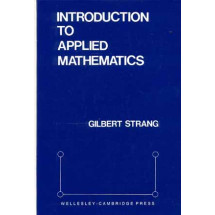Maintaining a contemporary perspective, this strongly algebraic-oriented text provides a concrete and readable text for the traditional course in elementary differential equations that science, engineering, and mathematics readers take following calculus. Matters of definition, classification, and logical structure deserve (and receive here) careful attention for the first time in the mathematical experience of many of the readers. While it is neither feasible nor desirable to include proofs of the fundamental existence and uniqueness theorems along the way in an elementary course, readers need to see precise and clear-cut statements of these theorems, and understand their role in the subject. Appropriate existence and uniqueness proofs in the Appendix are included, and referred to where appropriate in the main body of the text. Applications are highlighted throughout the text. These include: What explains the commonly observed lag time between indoor and outdoor daily temperature oscillations?; What makes the difference between doomsday and extinction in alligator populations?; How do a unicycle and a two-axle car react differently to road bumps?; Why are flagpoles hollow instead of solid?; Why might an earthquake demolish one building and leave standing the one next door?; How can you predict the time of next perihelion passage of a newly observed comet?; Why and when does non-linearity lead to chaos in biological and mechanical systems?; What explains the difference in the sounds of a guitar, a xylophone, and a drum? Includes almost 300 computer-generated graphics throughout the text. This text, with enough material for 2 terms, provides a concrete and readable text for the traditional course in elementary differential equations that science, engineering, and mathematics readers take following calculus.--This text refers to the Hardcover edition.














